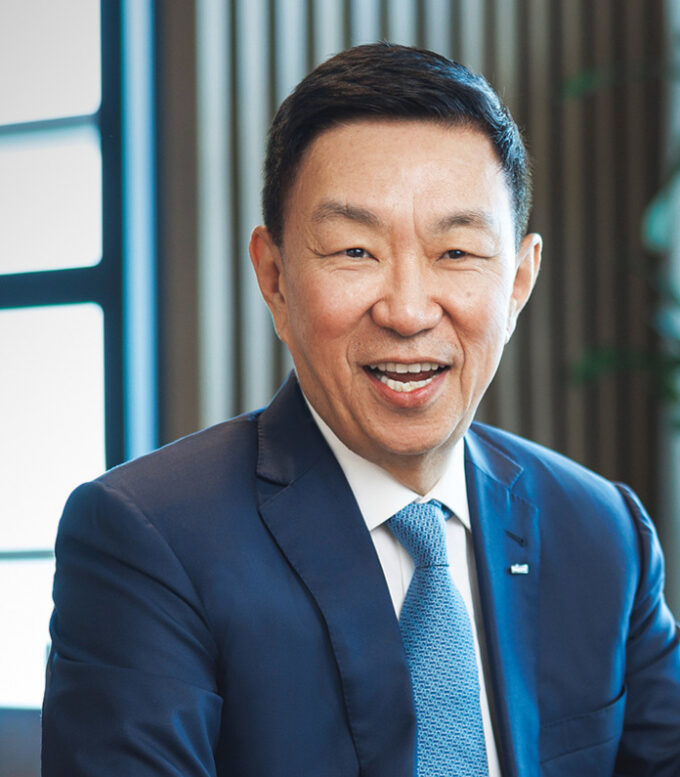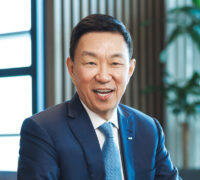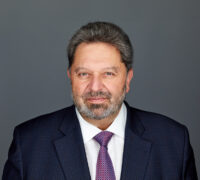Tearing down silos
To support its new direction, Keppel reorganized its structure under Vision 2030, moving from vertical business units to three horizontal platforms focused on real estate, infrastructure, and connectivity. These are supported by integrated investment, operating and fund management functions.
Preparation began years earlier. “We started to work together across divisions, which was not natural for Keppel, being so siloed,” Loh said. “Then we privatized our subsidiaries to bring everything under one roof. It allowed us to deploy capital more strategically and manage our talent across the group. Finally, in 2023, we completed the integration.”
By January 2024, Keppel was operating as one integrated firm. “When we made the move, it wasn’t chaotic,” Loh said. “People embraced it because we had been preparing for some time, and the rationale was very clear. We had removed friction points, organizational and human, and we had the right people in place to lead.”
Among those leaders was Cindy Lim, now CEO of the infrastructure division. “She wasn’t necessarily the obvious candidate on paper,” Loh said. “But she had a willingness to take on challenges and consistently exceeded expectations. We saw potential, and we acted on it.”




